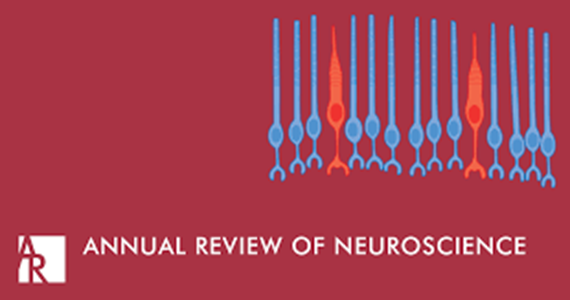大脑、思维和机器中的语言
IF 13.2
1区 医学
Q1 NEUROSCIENCES
引用次数: 0
摘要
长期以来,人们一直认为只有人类才能创造和理解语言。但现在,人工语言模型(LMs)首次实现了这一壮举。在此,我们将探讨人工语言模型为语言如何在大脑中实现这一问题提供的新线索。我们将讨论为什么先验地认为人工智能与人类语言系统有相似之处。然后,我们总结了一些证据,这些证据表明 LM 与人类的语言信息表征足够相似,因此在语言处理过程中,大脑可以进行相对准确的编码和解码。最后,我们探讨了 LM 的哪些特性--它们的结构、任务表现或训练--对于捕捉人类对语言的神经反应至关重要,并回顾了将 LM 作为硅模型生物体来测试语言假说的研究。这些正在进行的研究使我们更接近于了解我们理解句子和用语言表达思想的能力所依赖的表征和过程。本文章由计算机程序翻译,如有差异,请以英文原文为准。
Language in Brains, Minds, and Machines
It has long been argued that only humans could produce and understand language. But now, for the first time, artificial language models (LMs) achieve this feat. Here we survey the new purchase LMs are providing on the question of how language is implemented in the brain. We discuss why, a priori, LMs might be expected to share similarities with the human language system. We then summarize evidence that LMs represent linguistic information similarly enough to humans to enable relatively accurate brain encoding and decoding during language processing. Finally, we examine which LM properties—their architecture, task performance, or training—are critical for capturing human neural responses to language and review studies using LMs as in silico model organisms for testing hypotheses about language. These ongoing investigations bring us closer to understanding the representations and processes that underlie our ability to comprehend sentences and express thoughts in language.
求助全文
通过发布文献求助,成功后即可免费获取论文全文。
去求助
来源期刊

Annual review of neuroscience
医学-神经科学
CiteScore
25.30
自引率
0.70%
发文量
29
期刊介绍:
The Annual Review of Neuroscience is a well-established and comprehensive journal in the field of neuroscience, with a rich history and a commitment to open access and scholarly communication. The journal has been in publication since 1978, providing a long-standing source of authoritative reviews in neuroscience.
The Annual Review of Neuroscience encompasses a wide range of topics within neuroscience, including but not limited to: Molecular and cellular neuroscience, Neurogenetics, Developmental neuroscience, Neural plasticity and repair, Systems neuroscience, Cognitive neuroscience, Behavioral neuroscience, Neurobiology of disease. Occasionally, the journal also features reviews on the history of neuroscience and ethical considerations within the field.
 求助内容:
求助内容: 应助结果提醒方式:
应助结果提醒方式:


